Based on the Stanford iOS course I am playing with modal view controllers. In the demo they have a button that would launch a modal view and when it is clicked the function prepareForSegue is called. I mimicked the code and implementation into my project with the only difference is that my demo is on an iPhone storyboard and theirs is on the iPad.
I noticed that while my modal view controller is coming up, it does not call prepareForSegue prior to that. I searched the Stanford project to see where they may register any segue behavior before prepareForSegue is called but there is no evidence. Can anyone shed some light on this. I searched stack overflow and all I found were that users were missing the call implementation of performSegueWithIdentifier. However, in the Stanford demo they never do that.
- (void)prepareForSegue:(UIStoryboardSegue *)segue sender:(id)sender
{
if ([segue.identifier hasPrefix:@"Create Label"]) {
AskerViewController *asker = (AskerViewController *)segue.destinationViewController;
asker.question = @"What do you want your label to say?";
asker.answer = @"Label Text";
asker.delegate = self;
}
}
Here is an example of there storyboard:

Here is an example of my storyboard:

In the debugger when I stop in the Stanford Demo code the call stack shows that the storyboard is performing a segue action, what do I need to configure in my storyboard to achieve the same result?

